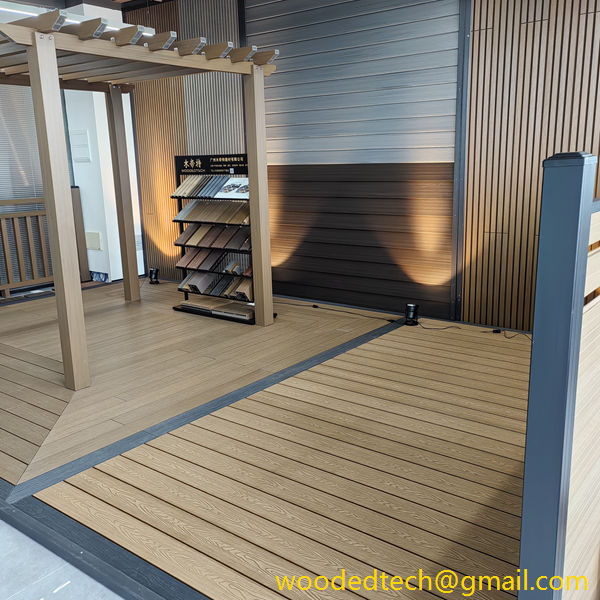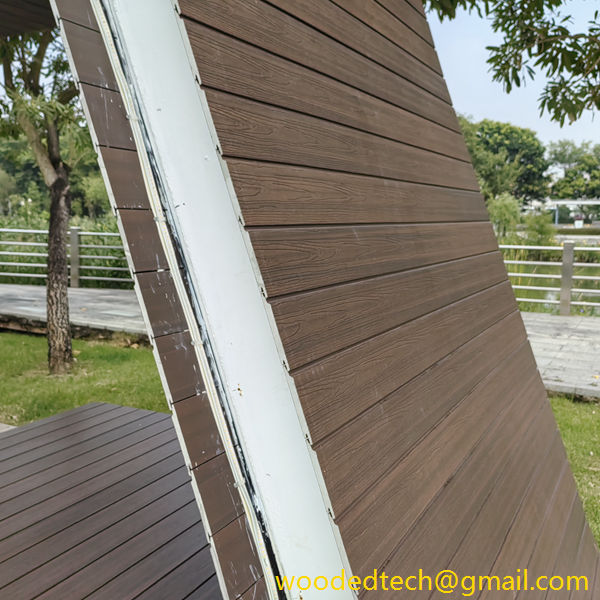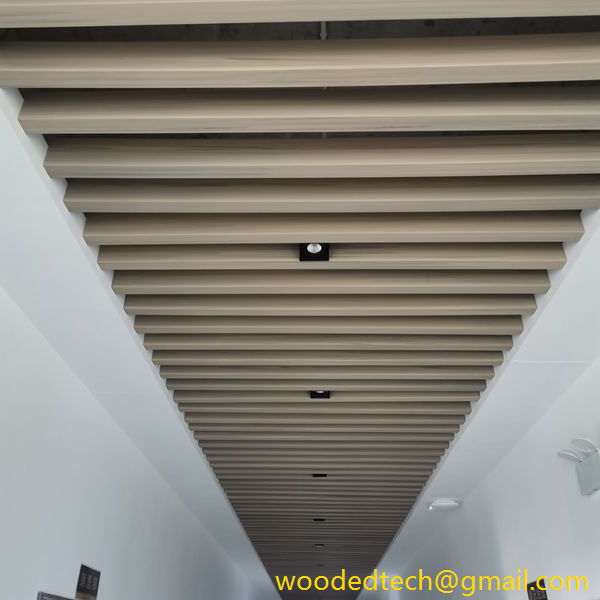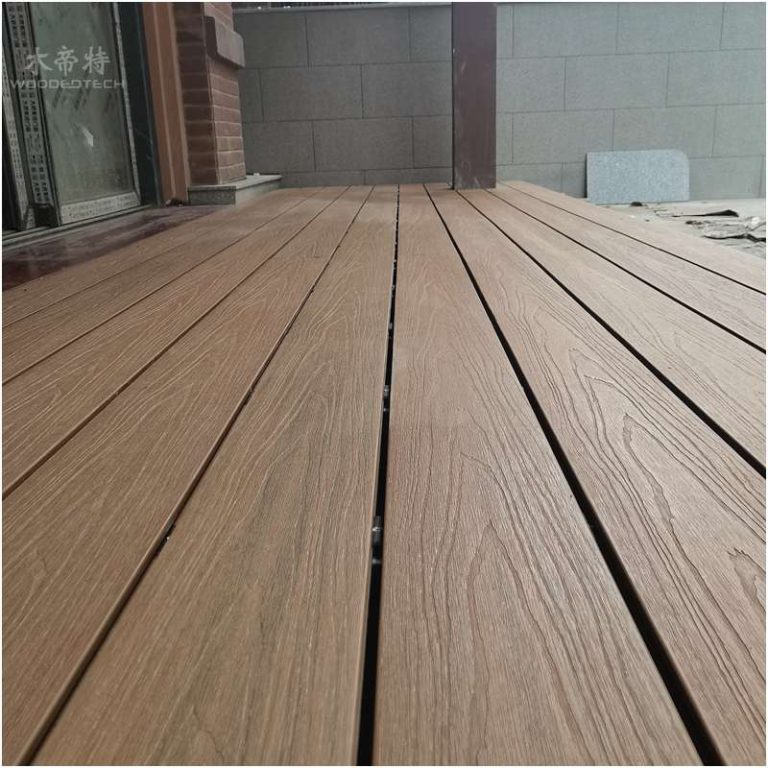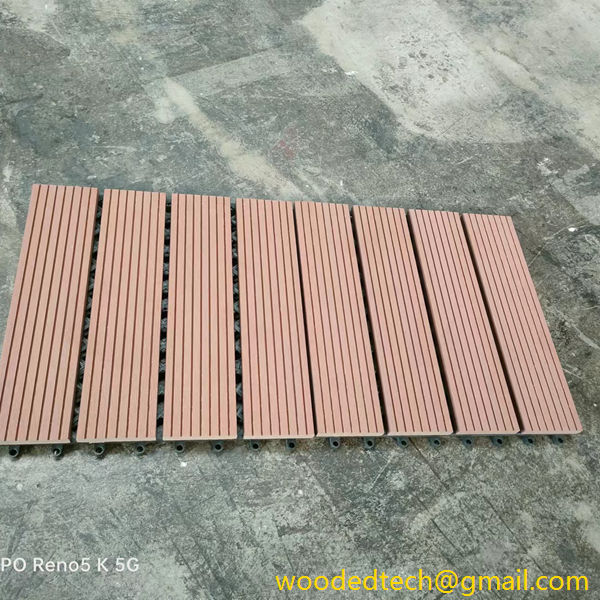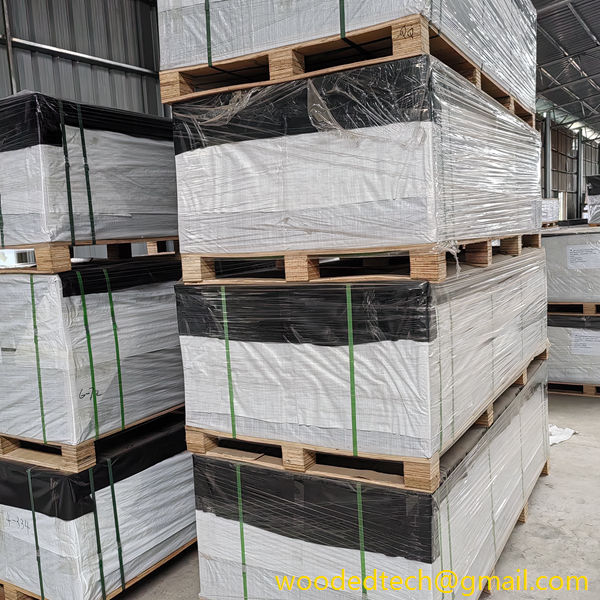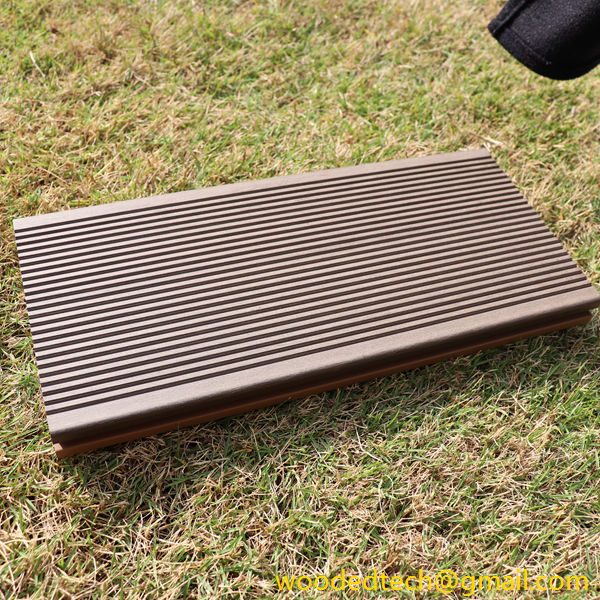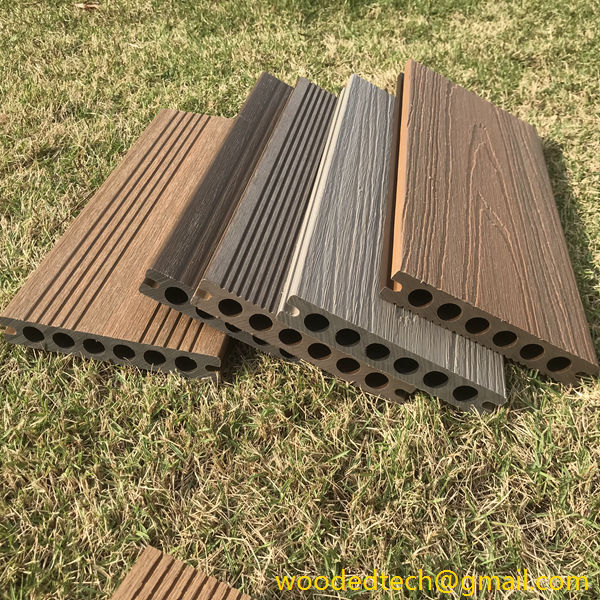Innovative Plastic Wood Uses for Sustainable and Durable Home Improvement and Construction Projects
Innovative Plastic Wood Uses for Sustainable and Durable Home Improvement and Construction Projects As the world becomes increasingly aware of environmental issues, the construction and home improvement sectors are undergoing a significant transformation. One of the most innovative materials to emerge from this shift is plastic wood, also known as composite wood or wood-plastic composite….
Innovative Plastic Wood Uses for Sustainable and Durable Home Improvement and Construction Projects
As the world becomes increasingly aware of environmental issues, the construction and home improvement sectors are undergoing a significant transformation. One of the most innovative materials to emerge from this shift is plastic wood, also known as composite wood or wood-plastic composite. This material, which combines recycled plastic and wood fibers, offers a sustainable alternative to traditional timber and provides a wealth of benefits for various construction and renovation projects. In this article, we will explore the innovative uses of plastic wood, focusing on its advantages for sustainable and durable home improvement and construction projects.
Plastic wood is engineered to mimic the appearance of natural wood while offering enhanced durability and resistance to environmental factors. Unlike traditional wood, which can warp, splinter, and decay over time, plastic wood is designed to withstand the elements. It is resistant to moisture, insects, and UV rays, making it a suitable choice for outdoor applications where traditional wood would typically falter. This durability translates into longer-lasting structures and surfaces, which ultimately reduces the need for frequent replacements and repairs.
One of the most popular applications of plastic wood is in decking. Composite decking has gained immense popularity due to its low maintenance requirements and longevity. Homeowners no longer need to worry about sanding, staining, or sealing their decks annually. Instead, plastic wood decking can be easily washed with soap and water, allowing for more time to enjoy outdoor spaces rather than maintaining them. Furthermore, many manufacturers of plastic wood decking incorporate recycled materials into their products, making them an eco-friendly choice for environmentally conscious consumers.
In addition to decking, plastic wood is increasingly used in fencing and railing systems. Traditional wood fences can warp and rot over time, leading to costly repairs and replacements. Plastic wood fencing, on the other hand, maintains its structural integrity and appearance for years, providing homeowners with a reliable barrier that requires minimal upkeep. The versatility of plastic wood allows for various designs and styles, enabling homeowners to create aesthetically pleasing outdoor spaces without compromising durability.
Another innovative use of plastic wood is in outdoor furniture. Furniture made from plastic wood is not only stylish but also incredibly durable. It can withstand harsh weather conditions, including rain, snow, and extreme heat, without fading or deteriorating. This makes it an excellent choice for patios, decks, and gardens. Additionally, many manufacturers produce plastic wood furniture in a range of colors and styles, allowing homeowners to find pieces that match their personal taste and complement their outdoor decor.
Plastic wood is also making strides in the construction of garden beds and landscaping features. Raised garden beds made from plastic wood are resistant to rot and can last for many years, providing a stable environment for plants to thrive. Landscaping timbers made from plastic wood are perfect for creating borders, pathways, and retaining walls without the worry of decay or insect damage. Homeowners can enjoy the beauty of natural wood aesthetics while benefiting from the longevity and sustainability of plastic wood.
In interior applications, plastic wood is finding its way into cabinetry, trim, and molding. As an alternative to traditional wood, plastic wood can be used to create stunning kitchen cabinets or bathroom vanities that are resistant to moisture and wear. The material can be easily shaped and painted, allowing for a wide variety of design options. Moreover, using plastic wood for interior projects can contribute to sustainability efforts by reducing the demand for freshly cut timber.
Another innovative application of plastic wood is in the creation of structural components for buildings. Increasingly, architects and builders are exploring the use of plastic wood beams, joists, and other structural materials. These components offer the strength and stability required for construction while minimizing the environmental impact associated with harvesting natural wood. As more research is conducted on the structural capabilities of plastic wood, its use in larger-scale projects may become more prevalent.
The benefits of plastic wood extend beyond its physical properties. By choosing plastic wood over traditional timber, homeowners and builders contribute to a more sustainable future. Many plastic wood products are made from recycled materials, which helps reduce waste and minimize the demand for virgin resources. Additionally, the production of plastic wood typically involves less energy consumption compared to the logging and processing of natural wood, further decreasing its environmental footprint.
In conclusion, plastic wood is revolutionizing the way we approach home improvement and construction projects. Its innovative uses in decking, fencing, outdoor furniture, landscaping, interior applications, and structural components showcase its versatility and practicality. As consumers increasingly prioritize sustainability and durability in their building materials, plastic wood stands out as a viable solution that meets these demands. With minimal maintenance requirements and a long lifespan, plastic wood offers an attractive and responsible choice for homeowners looking to enhance their living spaces while contributing to a more sustainable future. By embracing this innovative material, we can create beautiful, functional, and environmentally friendly homes that stand the test of time.

